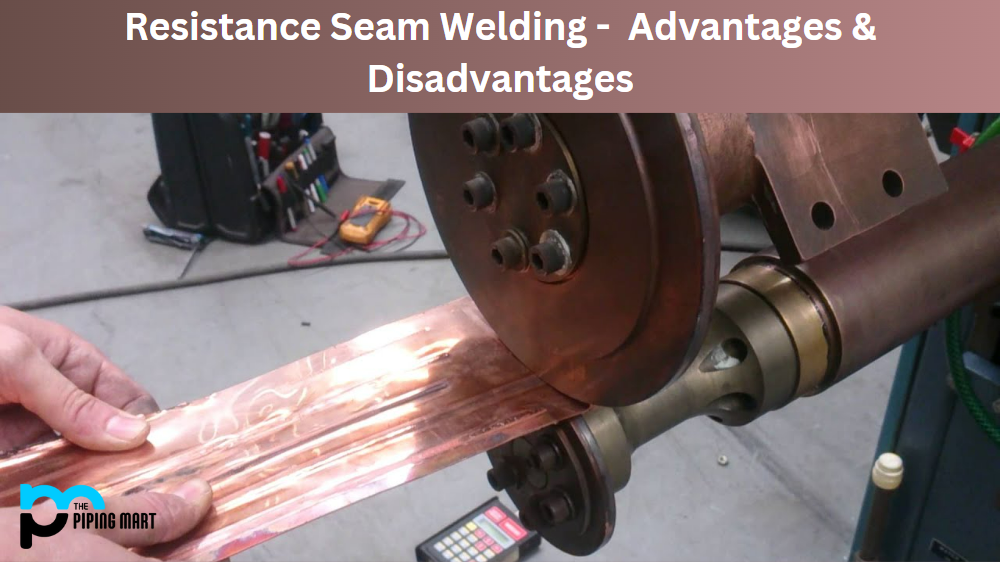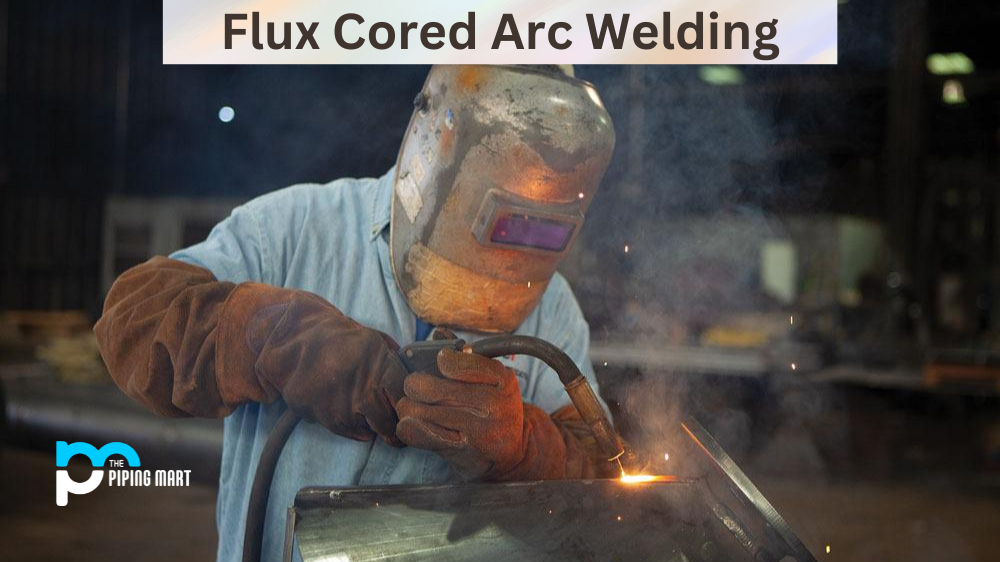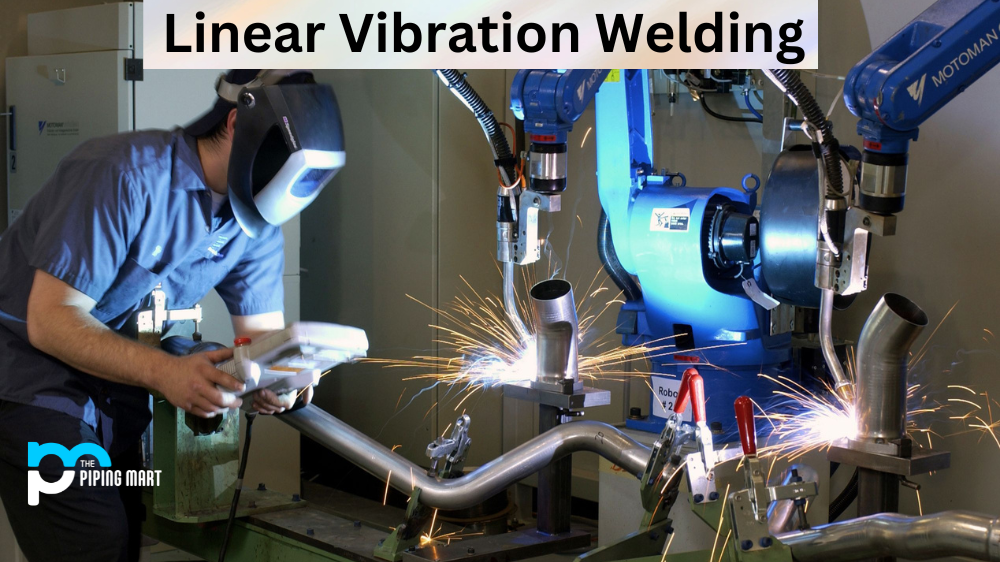What Is a Reducer in Piping?
In process piping, a reducer is a type of pipe fitting (accessory) used to reduce pipe size from a large bore to a smaller one. Reducers often adjust the pipe size to connect to existing small or large piping bores or meet the process system’s flow needs. The reducer’s length is almost equal to the average pipe diameter for both large and small bores.
Concentric and eccentric reducers are the two types of reducers that are often used in the market. Eccentric reducers keep the services flowing through the piping system at the top or bottom pipe level. A pipe reducer is a kind of pipe fitting that aids in connecting two pipes of different diameters. According to the needs of the end customers, the pipe reducers are available in a wide range of materials, construction styles, and measurements. This reduction TEES takes a branch connection from a header pipe, usually at a 90-degree angle, and is used with pipes TEE fittings. Depending on the user’s needs, both pipes for lowering TEE may have the same diameter or a different one. But lowering TEE is much more expensive than reducing it. And lightweight, with ease of fabrication. Eccentric-type reducers are occasionally built on-site by the fabricator. Reversing the reducer’s face end allows it to be utilized as an expander when necessary. This is equivalent to Olets (weldolet, socket, platelet, thredolets, etc.)
How to Select Reducer?
There are numerous factors to consider while choosing a suitable pipe reducer, some of the most crucial of which are listed here.
- Select DN (nominal diameter) and arrange the first pipe end as follows (100NB X 25NB).
- Schedule and choose DN (nominal diameter) for the second pipe end (small pipe bore)
- the separation between two pipe ends.
- Choose the reducer’s dimensions according to ASME B16.9 (Butt weld fittings, MSS SP-43, ASME B36.19, MSS SP-43)
- Choose the reducer design standard.
- Making the reducer fitting process (Seamless or ERW, Electric resistance welding).
- For your fitting, choose the materials of construction (MOC), such as mild steel (MS), stainless steel (SS), Carbon Steel, Monal, etc.
- Select the appropriate class, pressure rating, or schedule for your piping design.
- What style of reducer (eccentric or concentric) should you choose based on your needs?
- What kind of end connection is necessary, Bevel, flange, and plane end (PE)?
- Required weld types Butt welding or socket welding.
- Corrosion protection
- Durability
How Many Types of Reducers? What Is a Type of Reducer?
There are two different types of Reducers:
- Concentric Reducer
- Eccentric Reducer
Concentric Reducer
The two pipe or tube ends are joined to the same axis using concentrator reducers. Depending on the user’s needs, the bore sizes of the two connected pipe ends may also differ.
The fact that they will offer an in-line conical transition between pressurized pipes of different pipe diameters is of utmost importance. However, the drawback of the concentric type is that there is always a chance that air or vapor pockets would form in the upper part of it if concentric reducers are mounted horizontally. The pipes cannot recognize the exterior design of the pipe reducer. The inside diameter conical transition configuration, which may be axially shifted and externally modified to provide more affordable reducer fittings, impacts the pipe flow. Therefore, concentric forms of fitting link eccentric and pipes of different sizes that share the same centerline.
To put it another way, the Concentric Reducer reduces the pipe size by retaining symmetry while reducing the fitting’s diameter at a steady rate over a predetermined length. It is a pipe fitting used to unite pipes with different diameters along the same axis. The small and large diameters are placed on opposite ends of the concentrator reducer, and the transition section is fashioned like a cone. T is offered in both welded and seamless construction. Concentrators reduce the pipe in the middle. For the best results, it must be discharged or only used vertically.
How to take measurements of concentric reducers?
A few crucial factors need to be measured for fabrication or recorded for upcoming fabrication. Obtain the height (H), the outer diameter (OD), the inner diameter (ID), and the total dimension (T1, T2).
Advantages of Concentric Reducers and Uses of Concentric Reducers:
- Here are some applications for concentric reducers:
- Concentric reducers will smoothly switch from the piping to the pump.
- Slurries or abrasive liquids can be transported with concentric reducers.
- In services where cavitation is present, they are helpful.
- Concentric reducers are the best option when moving between flanges or pipes with differing ratings and when wear protection is required.
- The pump discharge uses concentrator reducers.
Eccentric Reducer
To align with only one side of the inlet, eccentric pipe reducer fittings are made with the smaller outlet offset from, the larger end.
The reducer must be placed with its straight side up to prevent air from getting trapped in the pump suction. The eccentric pipe reducers make it easy to join pipes of various sizes. Eccentric reducers push the pipe to one side; for best results, they should only be used horizontally or in suction. Eccentric reducers reduce the pipe size by gradually decreasing the fitting’s diameter over a predetermined length while keeping one side of the fitting horizontal.
Advantages of Eccentric Reducers, And Uses of Eccentric Reducers:
- Preserving the union of large and small pipes.
- Simultaneously reducing vibration and noise.
- Less area is needed for installation.
- Absorbs noise from the fluid and the pipe walls.
- Less material entrapment or turbulence.
- To prevent cavitation, eccentric reducers are employed in pump suction with the flat side up.
Why Is Reducer Used in Pipeline?
The primary use of reducers in pipelines is that they control the flow and pressure of the system to achieve the designed operation and connect the two different diameters of pipes to achieve desired flow for the system. Connect big bore pipes and small bore pipes.
How Do You Use a Pipe Reducer?
Pipe reducers combine two separate pipelines using butt, socket, or flange joints.
What Are Increaser and Reducer?
Increasers and Reducers are the two types of reducers used to join pipes of the same diameter or diameter. Similar to how a reducer is used with a pipeline, an increaser is also utilized, but its end face is reversed during connection. These are used to increase the pipe diameter in the pipeline system upstream, but with a reducer, the situation will be the opposite. Between them, everything is the same.

Pipingmart is B2B portal specializes in industrial, metal and piping products. Also, share latest information and news related to products, materials and different types grades to help business dealing in this industry.




